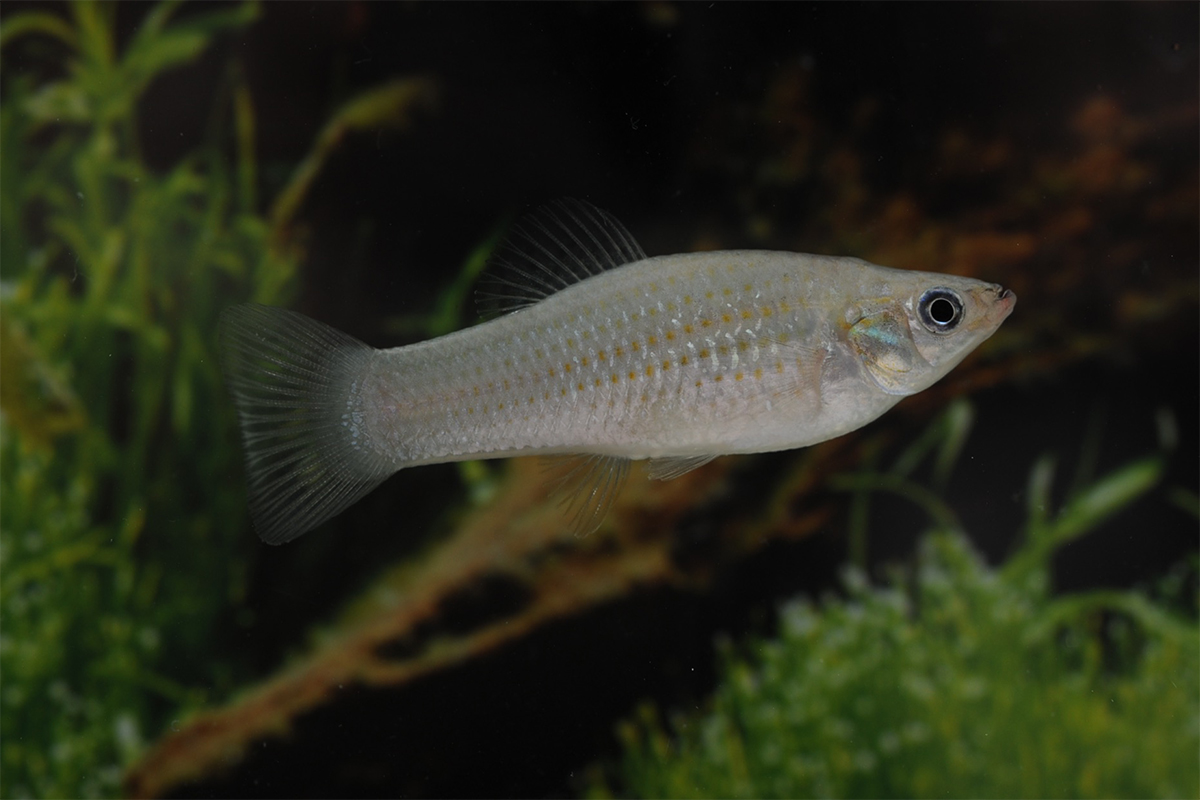
The look, feel, and operation of the product, aka “industrial design”.This is the minimum list of what should be included: The typical market requirements document explains the product functionality, the typical customers, and use cases for each customer. This thought process creates a long, detailed treatment of the subject matter and is very helpful when working with a geographically diverse team. Write an MRD assuming that it will be delivered in document form only with no ability to discuss it with the engineers, production team, or the finance and sales departments. The MRD is broad in scope– it demonstrates how the product will be used by the customers and how the development and sale of the product will impact your company. The common name for the document that defines the requirements of the market is the Market Requirements Document or MRD. There are as many formats of achieving this as there are product leaders. It is time now to define the concept in a tangible manner. You now have a concept of what to create for your customers. There will be time later to delve into the details. For now, seek input to help you discover the market’s needs and wants. You will do more in-depth VOC or “Voice of Customer” interviews during the Definition phase. These can be brief conversations held at a high level. Your goal is to begin to validate some of the assumptions you made during the previous two steps. It is also the time to talk to your customers, potential customers and your sales force. Once you’ve narrowed your product and market, we will go back and do a thorough review of the applicable competitors during the Definition phase. This is not the time for an in-depth competitive comparison but an overview of many possible competitors to get an idea of how the problem is currently being solved. The next place to look is at the market and your product’s potential rivals. The product you develop must solve a problem, real or perceived, that the customer believes needs solving. This type of thought process lends itself to the Socratic method or “5 Whys” of problem-solving. One of the best starting points is to consider the question, “what would I buy?” This begins to put you in your customer’s frame of mind and opens you to developing concepts that you otherwise may not consider. This is the point where the product executive begins thinking of a product concept and starts investigating the market, customers, potential customers, competitors, and her own products.

The first stage in a product’s lifecycle is what I call Discovery. This article explains the Five Phases of Product Development and provides guidance to maximize the performance of each. Taken together, they represent the total life of the product.

Each of these phases has characteristics that make them unique and challenging. Every product has five distinct phases of life. You should now be able to find "mopyfish" among your other screensavers.A key to the long-term success of a product line is the product leader’s ability to quickly and accurately shift their viewpoint from the details within one of the phases to looking at the whole life of one product or of a complete portfolio of products.
Mopy fish or windows#
If installation was completed successfully but "mopyfish" does not appear in the list of screensavers within the Screen Saver Settings panel, use the Windows Explorer to locate the "mopyfish" screensaver file in your Windows folder (usually C:\Windows), right-click it, select "Rename", and then rename the file to to "SSmopyfish".
Mopy fish or install#
Mopy fish or how to#


 0 kommentar(er)
0 kommentar(er)
